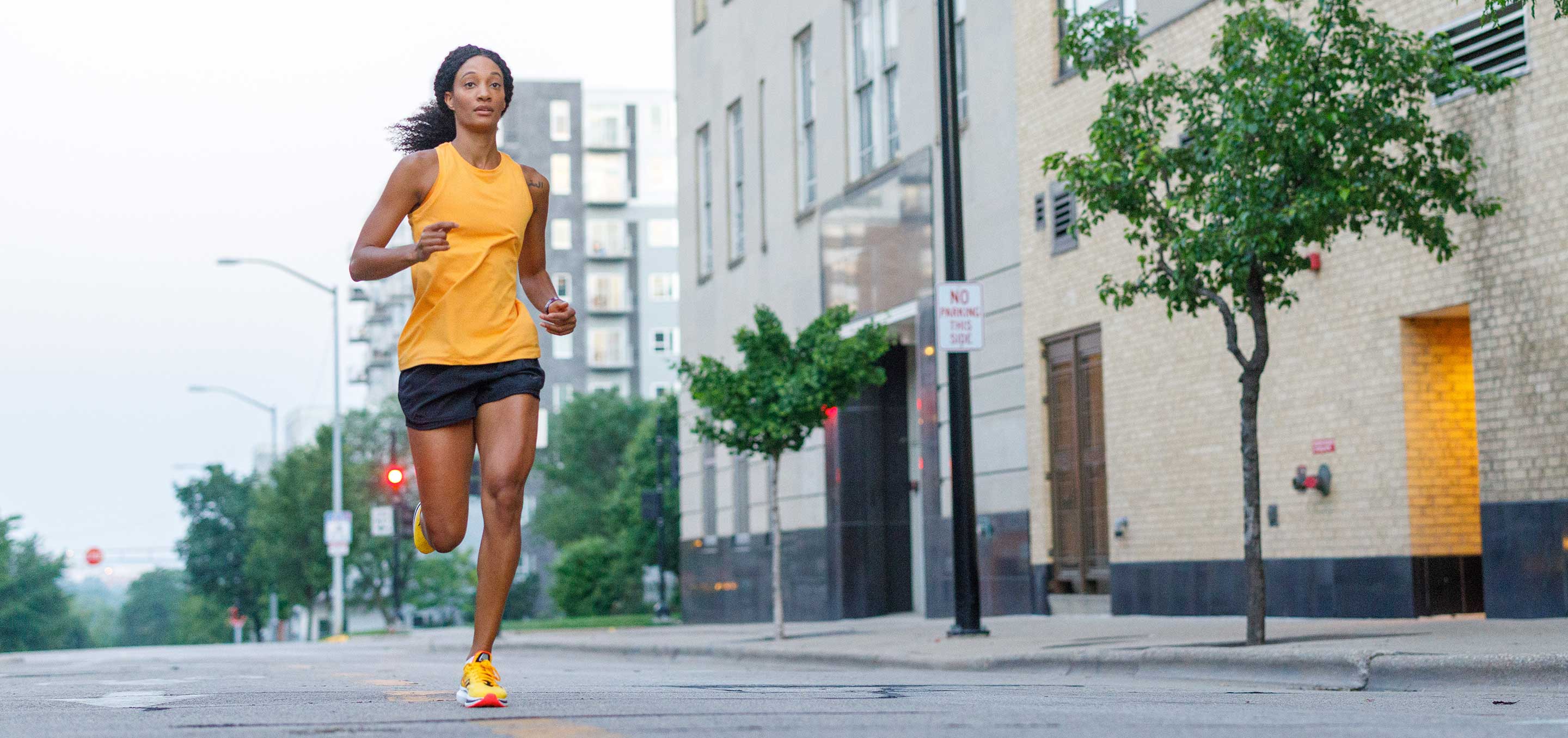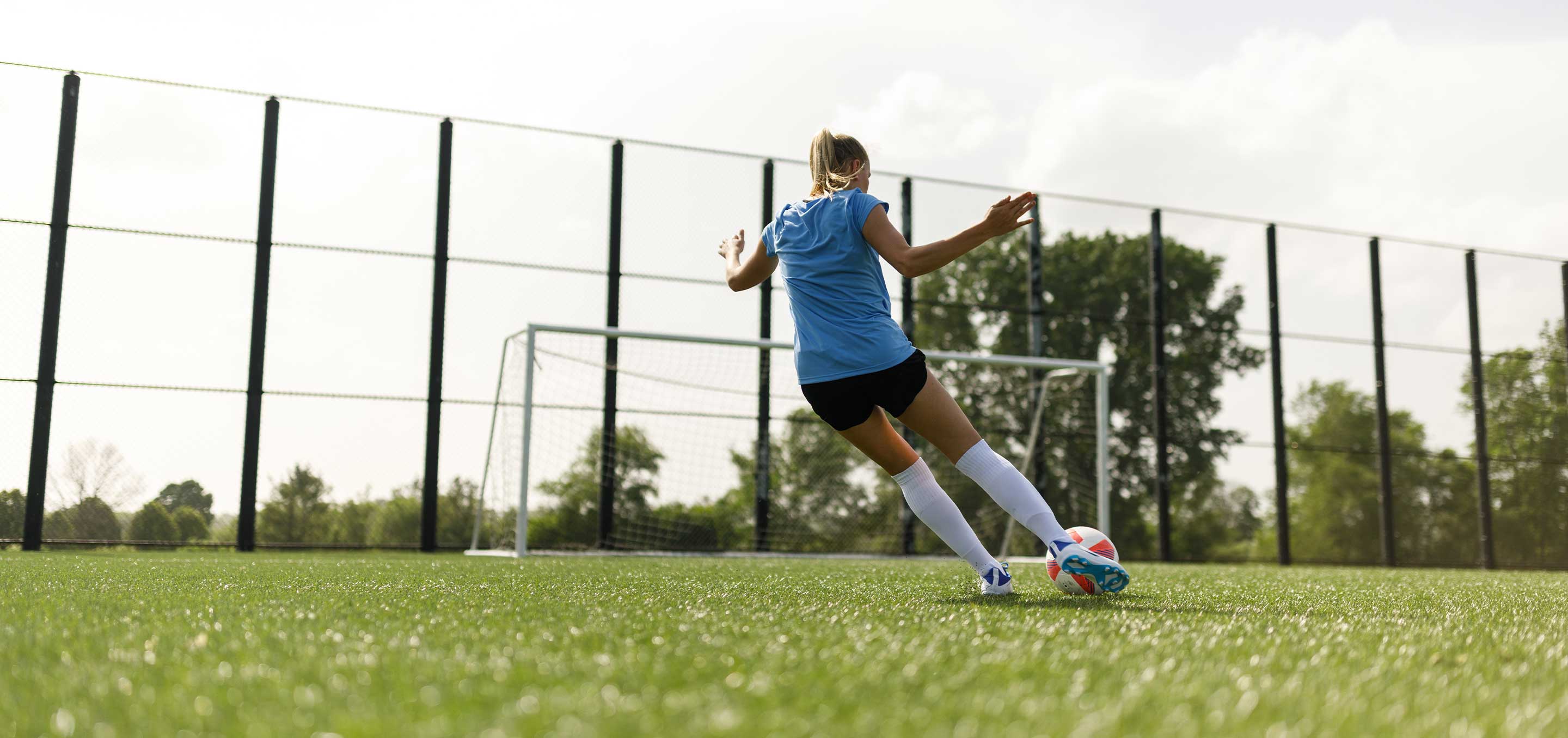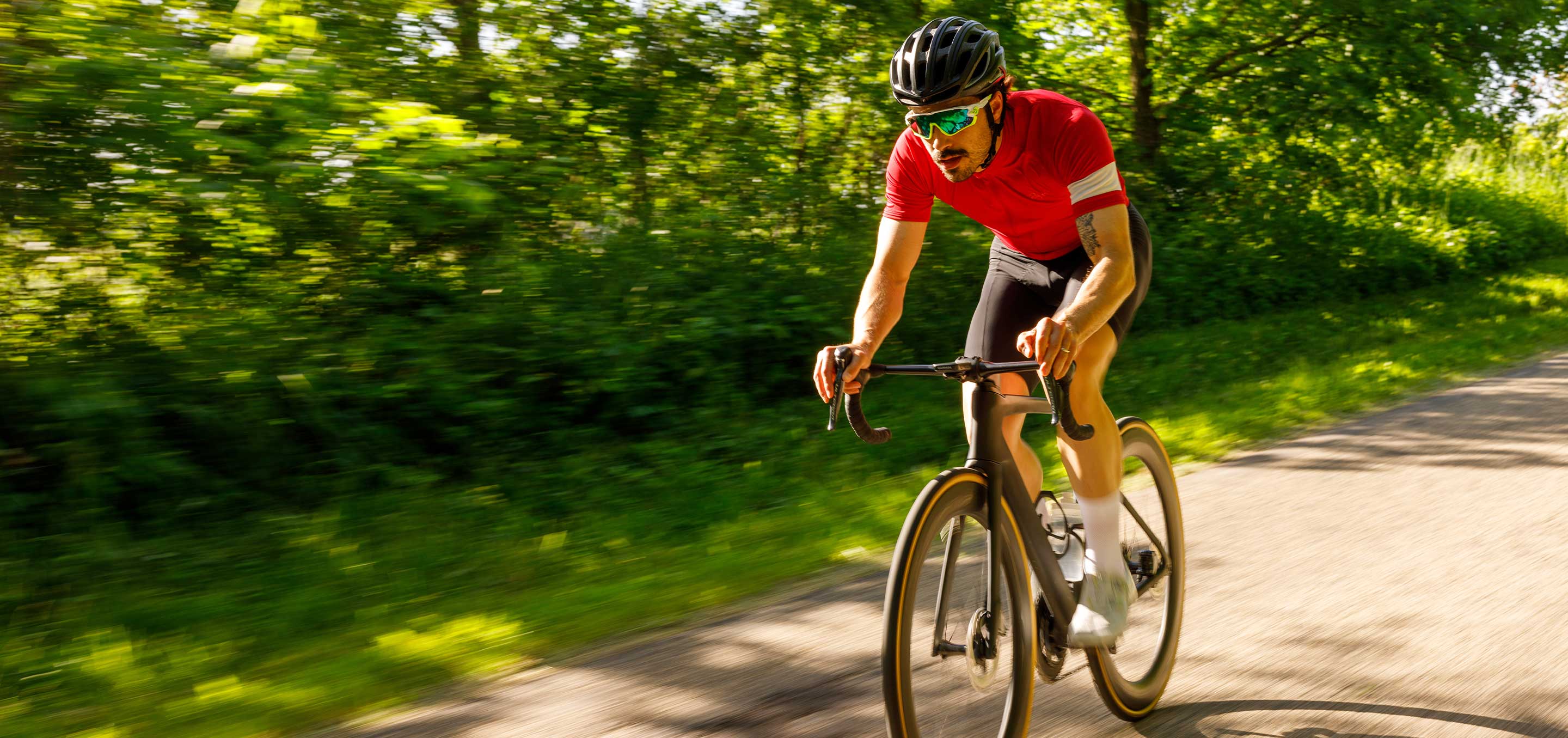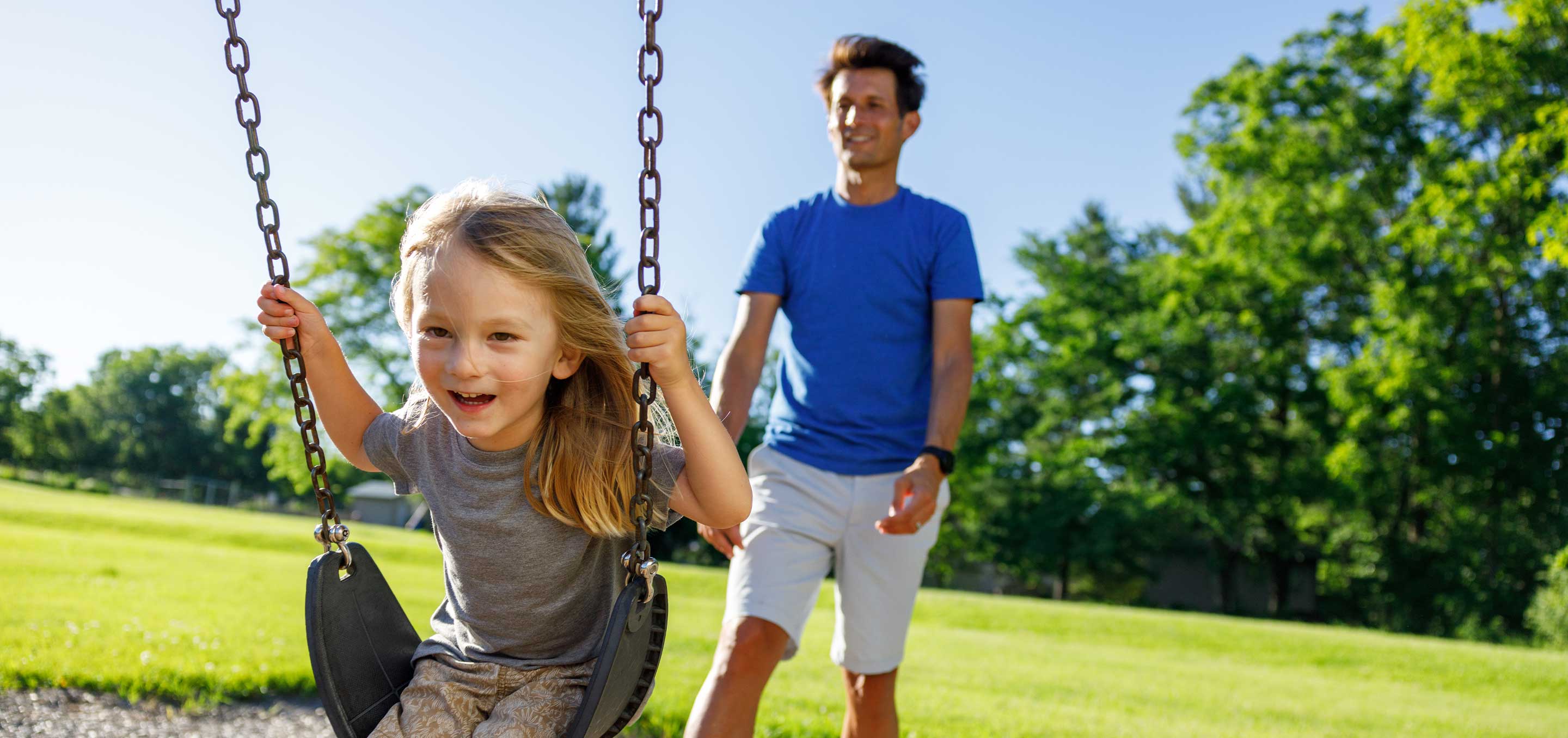How to Train to Skate Faster in Hockey

Quick Tips & Exercises for Speed Training in Hockey
Elite hockey players are fast, but they don't become quick on natural talent alone. No matter what your level, speed is the name of the game. If you want to skate faster in hockey, you can develop a stronger, more powerful and efficient stride with the following off-ice exercises, speed-building tips, and CURREX® HOCKEYPRO™ insoles for hockey.
In This Article:
- How to Skate Faster in Hockey
- Why You Need Hockey Insoles
- How fast do hockey players skate?
- 6 Hockey Exercises for Speed
- More Tips for Faster Skating

The Key to Skating Faster in Ice Hockey
Speed is complex, but it is the key to success for hockey players looking to take their game to the next level. We’ll start by explaining what on-ice speed means and what it takes to build it.
On-ice speed can be determined by the following:
- Stride frequency, or how many strides you make in a certain period of time. The higher the frequency, the faster your speed.
- Stride length, or the distance of your stride. Extending your leg fully to maximize the distance covered with each push will help you avoid leaving power behind.
Fast feet and full strides make explosive speed, but you must generate enough power behind each stride. Multiple studies have found the best way to predict on-ice speed is by measuring a player’s off-ice power. Power is determined by how strong you are and how effectively your nervous system can use and engage your muscles.
Using Hockey Skate Insoles to Optimize Power & Speed
One of the most common methods of increasing speed is to “get low.” A lower center of gravity gives you more leverage for a powerful push, thus increasing speed. However, lack of mobility, muscular imbalances, and biomechanical deficiencies make this difficult.
Good mobility is crucial for optimizing speed and power. Having tight hips can shorten your stride. The less mobile your ankles are, the harder it is to get low. Mobility exercises can help, but most players also experience some degree of biomechanical issues. Whether from past injuries or misalignment, this affects both muscle and stride efficiency.

Engineered to boost power and speed on the ice, CURREX hockey skate sole inserts comfortably support your feet in their optimal biomechanical position, improving your natural movements. This means better muscle engagement, even pressure distribution, and more energy return with every stride. The result? A faster, more efficient you.
Learn more about the Benefits of Using Hockey Skate Insoles.
How do NHL players skate so fast?
NHL athletes can skate about 20 miles per hour during a game, and that’s not even their top speed. This professional level of speed comes from years of practicing skating mechanics including foot speed and form but also continuously building leg strength.
When watching an elite hockey game or monitoring play-by-plays, you’ll notice the fastest players are constantly churning their feet on the ice. They’re also dropping low to gain momentum and fully extending their stride for maximum power. Even during quick changes in direction, the best players can decelerate without losing any speed.
Professional hockey players practice their footwork and skating techniques frequently with power skating coaches. In the off-season, however, many athletes will focus more on one of the most critical aspects of faster skating: strength training.
6 Off-Ice Hockey Exercises for Speed, Power and Agility
Because off-ice power is a good predictor of on-ice speed, dryland training drills are the best strength exercises for hockey players. In addition to weight training, incorporating movement drills will help train your nervous system and transfer that strength into a more explosive stride.
Performing the following off-ice speed training drills will help you build strength and stability and work on important agility skills for a faster, more efficient stride.

1. Sprints
Sprinting off the ice helps build the same muscles you use on the ice. Because the average shift in game is around 45 seconds, sprints increase muscle efficiency and reduce your risk of injury. Always warm up before you start and pay attention to your sprinting form. You should be leaning forward with your body in a straight line.
Sprints can be performed on a treadmill for 20-30 seconds or on a track covering 10-20 yards. Sprint as fast as you can, aiming for 90% intensity or greater. Once you hit your max speed, continue for a few more seconds. Then, walk for a minute or two or return to the starting line so your body has a moment to recover.
2. Box Jumps
Every hockey player looking to build speed through leg strength must do plyometric exercises. These high-intensity movements are proven to help boost power output, especially for sports that rely on lower-body strength to propel you forward.
You can do box jumps unweighted or while wearing a weighted vest:
- Stand in front of a fitness box or stable platform.
- Take an athletic power stance with your arms at your sides, hips angled, and feet shoulder width apart with your knees over your toes.
- Using your arms for momentum, spring up to the box and land softly on both feet.
- Step off the box and repeat.
3. Lateral Lunges (Side Lunges)
If you look at an NHL player’s stride with full extension, it should look similar to a side lunge. This plyometric exercise can help fix your stride position, develop glute and upper leg strength, and improve your hip mobility by working the hip abductors and adductors.
For best results, pay close attention to your form:
- Stand with your feet hip-width apart, hands on your hips.
- Lunge sideways with one leg as far as you can, keeping your other leg straight.
- Push your hips back and bend your lunging leg until you can touch the ground with your hand.
- Using your lunging leg, push back to start and repeat with the other leg.
4. Bulgarian Split Squats
Body squats are classic strength building exercises. The Bulgarian split squat is more specific to the biomechanic requirements of hockey because all the weight is placed on one leg, much like you do when skating.
Along with building muscle mass, this exercise also improves stability and balance:
- Stand with one foot on the ground and your other foot on a bench behind you.
- Lower yourself into a deep lunge, keeping your chest upright.
- Push through the heel of your front foot to return to start, keeping balance with your rear foot.
- Repeat with your other leg.
5. Pallof Presses for Core Stability
The Pallof press can be a major upgrade to your performance. A strong and stable core is your catalyst to higher speeds, helping you maintain balance and letting you absorb and redirect forces more efficiently.
This exercise works both your abdominal muscles and your adductors:
- Stand perpendicular to the machine with your feet just over shoulder-width apart.
- Hold the extended cable with both hands in front of your chest.
- Bend your knees and push your hips back, keeping them in line with the machine.
- Press the cable away from your chest. You must resist the cable’s pull that is trying to twist your core.
- Hold for 30 seconds, then repeat.
6. Reaction Drills for Mental Agility
If you want to be fast in hockey, you also have to think fast. Every player can agree that hockey is a full-body sport. Agility is just as cognitive as it is physical. Your body and mind must respond quickly to changes in direction or flying pucks, and repetitive exercises won’t be of much help.
Using a reaction ball at the start of every practice can help optimize your mental agility. Practice bouncing this lopsided rubber ball and responding to its unpredictable movements. Overtime, this exercise helps build neural pathways to improve your agility, coordination and reaction time.
Other Ways to Speed Up Your Skating
In addition to bodyweight and strength training exercises, many hockey athletes use speed equipment like hexagonal rings, balance pads and sliders to master their skating mechanics. Here are a few other ways to fine-tune and build your speed:
- Look at your posture. A full-power, full-length stride can only happen with good posture. Hinge at your hips, keep your shoulders level, and practice your deep knee bend.
- Check your skate fit. For a better fit in your skates, add CURREX ice hockey skate insoles. With three unique arch profiles, they offer customized support for optimal power transfer.
- Use less equipment. Excess padding and breezers can slow down or restrict your movements. Schedule training days without heavy equipment, too, so you can focus on your speed and skating mechanics.
- Train on your own. Every minute you spend training should count. If you’re truly dedicated to the sport, make time outside of practice to do off-ice exercises.
- Aim for quality. Skate fast, skate clean, and rest. Endurance training for speed requires perfect execution. Don't push past lactic acid buildup. Fatigue compromises technique, leading to inefficient movement and slower skating.

Become Unstoppable with CURREX HOCKEYPRO Insoles
Enhance your hockey speed by using these off-ice training tips and unleash your full potential with CURREX HOCKEYPRO insoles. Our dynamic support and biomechanically optimized design translate to a more powerful stride and explosive acceleration.
References:
Improve Skating Speed. (2023, June 6). Lets Play Hockey.
How To Build Unstoppable Hockey Speed. (2022, June 6). HockeyTraining.com.
Speed Training For Hockey Players: An In-Depth Guide. (n.d.). Relentless Hockey.
Ward, S. (2020, February 29). The 7 Best Exercises For Skating Faster. Hockey Strong.







